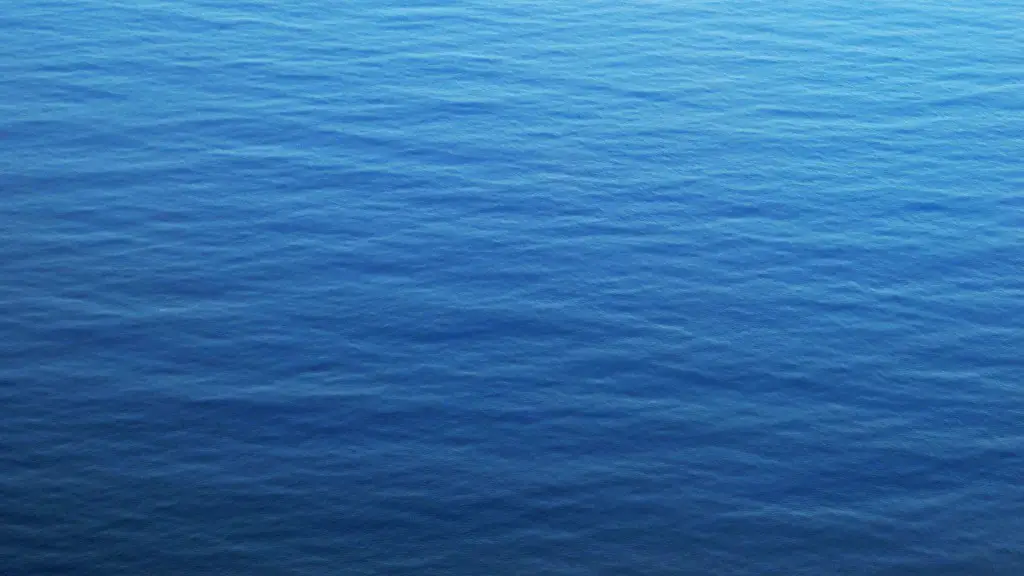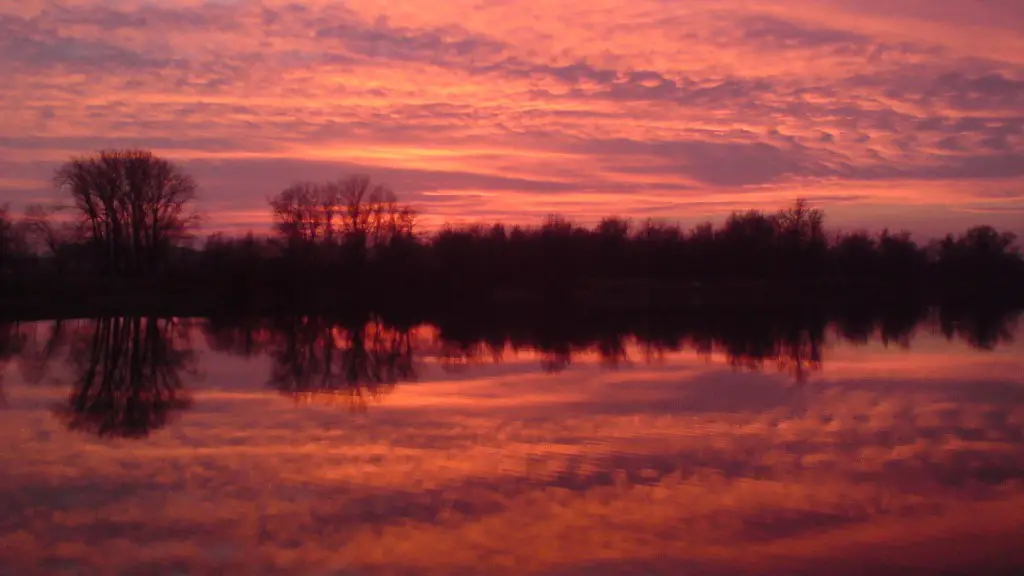Location of Lake Superior
Lake Superior is a glacial lake located on the border of the USA and Canada. It is the largest of the Great Lakes by surface area and volume. It is the second largest freshwater lake in the world, after Lake Baikal in Russia. The lake is bordered by the Canadian Province of Ontario to the north, Minnesota and Wisconsin in the USA to the west, and Michigan in the USA to the south. The deepest point of the lake is 1,332 feet (406 meters) and the average depth of the lake is 500 feet (152 meters). It covers an area of approximately 31,700 square miles (82,000 square kilometers).
History of Lake Superior
The lake has a long and impressive history. It is believed that the lake was formed over 10,000 years ago as the last glacier retreated. The lake was created by meltwater carving out the Great Lakes basin. The earliest evidence of humans living near the lake can be traced back 12,000 years ago. Indigenous people were the first to call the lake home and named it Gichigami, which translates to “very large water.” The lake was later explored in the 1600s by French explorers, who named it Lac Supérieur. During the 1800s, the area around Lake Superior was settled by the Europeans.
Importance of Lake Superior
Lake Superior has played a major role in the development of the area and is still a critical resource today. The lake is a huge source of drinking water, irrigation, and transportation. Over 150 rivers and streams flow into the lake, providing an abundance of freshwater. The lake is also an important habitat for a variety of fish, birds, and other wildlife. It is also a popular tourist destination, with its scenic coastline and recreational activities such as fishing, sightseeing, boating, and swimming.
Environmental Concerns of Lake Superior
The lake is facing a number of environmental issues due to human activity. Water pollution from industry, agriculture, and urban runoff has caused major algae blooms and polluted the water with toxins. Invasive species like the sea lamprey and rusty crayfish are posing a threat to the fish population. Climate change is affecting the lake as well, with warmer temperatures and increased levels of precipitation. In addition, commercial shipping has become a major source of air and noise pollution in the area, with hundreds of ships traversing the lake each day.
Conservation of Lake Superior
In response to these threats, conservation efforts have been undertaken by both the USA and Canada to protect the lake and its resources. To reduce water pollution, water treatment facilities in the area have been upgraded and restrictions have been implemented on fertilizer use. In addition, state and federal governments are collaborating to monitor and control the pollution from commercial shipping vessels. All in all, conservation efforts are helping to preserve the health of the lake and its resources for future generations.
Economic Benefits of Lake Superior
Lake Superior is also a major driver of the economy in the region. The lake provides many jobs in the tourism, fishing, and shipping industries. The area around the lake is filled with beautiful scenery, offering attractions such as maritime history, and outdoor recreation activities, such as biking and kayaking. The shipping industry is hugely important to the economy, as numerous cargo ships traverse the lake each day. Additionally, the mineral resources found in the lake have been used to produce cement and other products.
Conclusion
Lake Superior is an incredible natural wonder, which borders both the USA and Canada and has a rich cultural and environmental history. The lake provides many benefits to the region, including a source of freshwater, a habitat for wildlife, and an important economy driver. Despite the environmental concerns, conservation efforts are helping to ensure the health of the lake for future generations.

